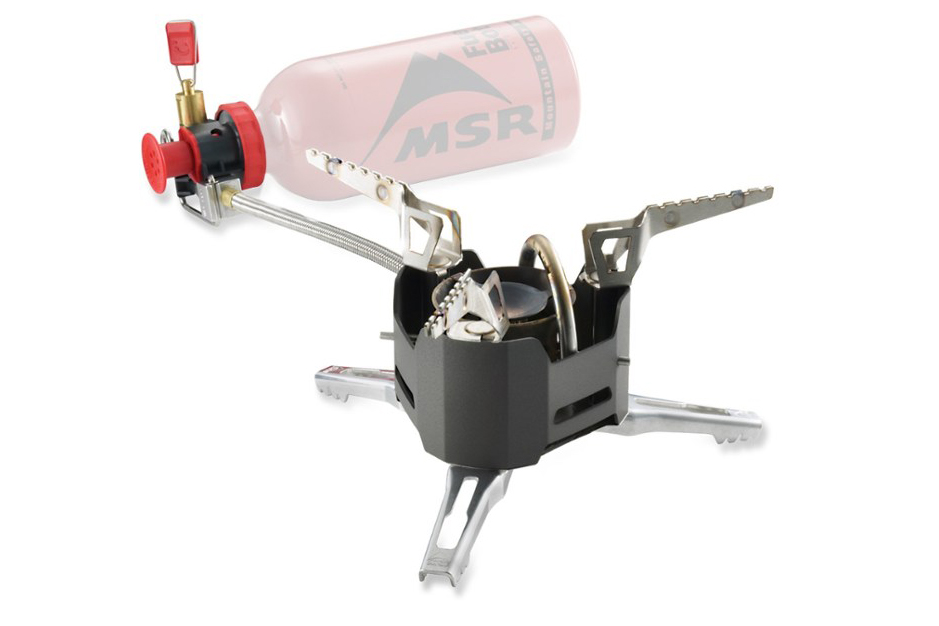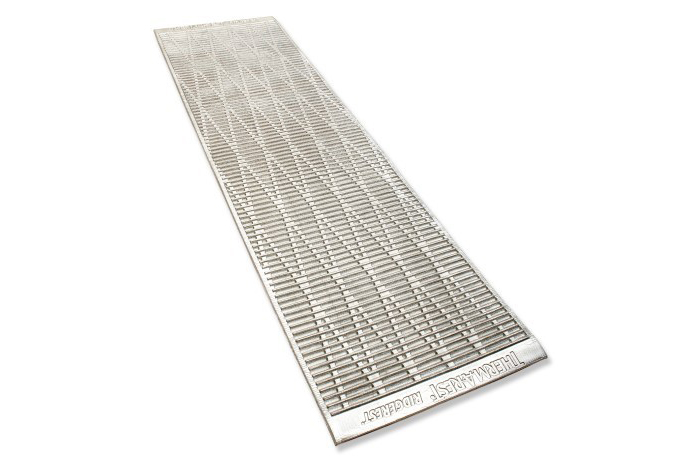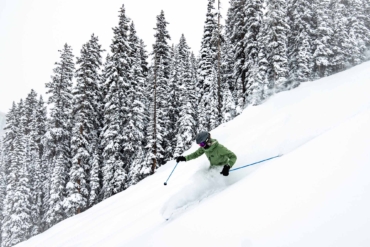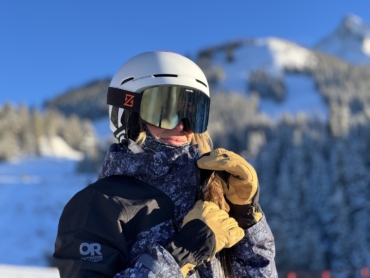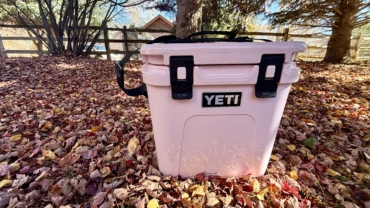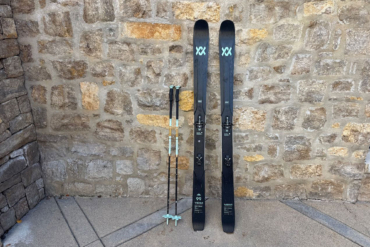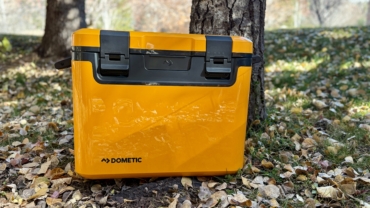Winter camping can be downright brutal. Or, it can be a glorious way to spend time in a frozen wonderland. Follow these tips from polar explorer Eric Larsen to thrive while cold-weather camping.
The first time I ever went winter camping, I was miserable. I was deep in the Cascades, the sun wasn’t even teasing us with a glimmer, and everything I owned was soaked.
I wanted so badly to like it, but my toes were freezing, my hot water bottle wasn’t hot, and it seemed like every time I got comfortable, I had to pee again. Before the trip, I read articles online, checked the weather forecast, and even set up my winter tent in the living room before I went out. But the one thing I wished I’d done was asked someone who’d gone before.
I should have asked a real expert.
How to Winter Camp in Comfort: Expert Advice
Polar explorer Eric Larsen has traveled to some of the coldest, most remote corners of the Earth, most recently on an entirely unsupported expedition to the South Pole. With over 20 years of extreme winter expeditions under his belt, Larsen has spent his fair share of nights in subzero temps. He says the biggest misconception is that it’s a masochistic endeavor.
“Everyone thinks you have to be cold,” he said. “That’s a myth. If you do everything right, you absolutely can have a comfortable (and even pleasant) experience camping in the winter.”
Winter camping can seem daunting, but Larsen claims it’s way more attainable than most people think. “It’s definitely more work,” he said, “but the challenge is part of the fun. With the right equipment and preparation, it’s such a unique and rewarding way to be outside in areas you might otherwise not get to access.”
Start small.
Don’t head out for a long expedition the first time you ever go winter camping. Instead, choose a night or two in a familiar place, maybe somewhere you’ve traveled to in the summer.
“You learn so much by trial and error,” Larsen explained. “So it’s nice to go out for a night, figure out your gear, and then go from there. It’s important to test your gear in a controlled environment, so you don’t end up on a month-long expedition and then realize on day one that your sleeping pad isn’t warm enough.”
Set up your campsite.
Your skis or snowshoes are great tools to create a solid platform for your tent and kitchen. Larsen recommends making this your top priority when you get to camp. “When you flatten out a big area of snow with friction, the snow actually changes form after it heats up and recrystallizes,” he told us. “Not only is it great for setting up your tent, but when you’re done, it refreezes into a solid floor you can walk around on instead of post-holing every time you get up to go to the bathroom.”
Build a camp kitchen.
“One of the best parts of winter camping is that food doesn’t spoil,” Larsen says. “You can eat steak out there if you want to.” Unless you’re on a seriously fast-and-light mission and plan to eat freeze-dried food in your sleeping bag, take a few minutes and carve out a few seats and a table in the snow.
Larsen recommends bringing a small piece of cardboard or plywood to set your stove on so it doesn’t sink when the snow around it starts to melt. White gas is best in winter conditions because it burns the hottest. A good liquid-fuel stove is a great investment for winter camping because you can swap out different fuel types. But if you plan to use a canister, be sure to keep the fuel canister in a sleeping bag or warm pocket while you sleep.
Larsen’s stove pick: MSR XGK Stove ($160)
Insulate yourself from the ground.
On any given expedition, Larsen always has a small square of an old sleeping pad to stand on while hanging out at camp.
“You actually lose a lot of heat from your feet, even if you’re wearing insulated boots,” he said. “A small square of Therm-a-Rest is light, easy to pack, and makes a huge difference when you’re standing around or cooking.” Doubling up on sleeping pads at night also a good call if it’s especially cold. Larsen recommends stacking two closed-cell pads, or a foam pad with an inflatable pad on top, to keep the cold from sneaking up while you’re sleeping.
Larsen’s sleeping pad pick: Therm-a-Rest RidgeRest SOLite ($20-30)
Don’t get too hot.
It may seem ironic that Larsen’s No. 1 piece of advice for camping in the cold is to not overheat. But once you start to sweat, frozen moisture can haunt you for the rest of your trip.
To prevent this, Larsen said it’s important to dress in layers. “Usually I’ll wear a wicking layering next to my skin, then an insulating layer, then a shell,” he said. “But it’s important to pay attention to the conditions and your temperature level so you can adjust before you get uncomfortable. There have been sunny days in Antarctica where it’s sunny and I’m down to my shirt sleeves.”
Keep a positive attitude.
“It sounds obvious, but if you think you’re going to be miserable, you’re probably going to be miserable,” Larsen said. “The mental aspect is huge when you’re out there. Constantly check in with yourself, be aware, and stay motivated.”





